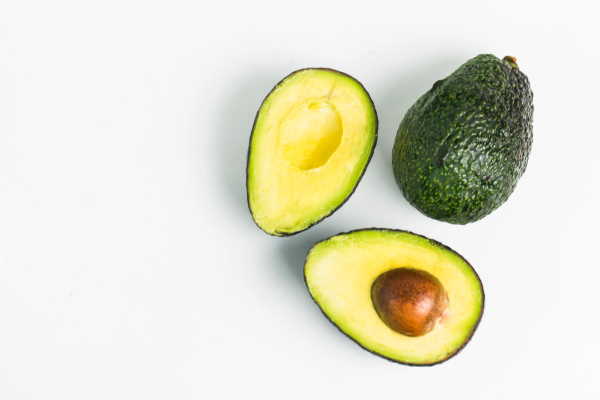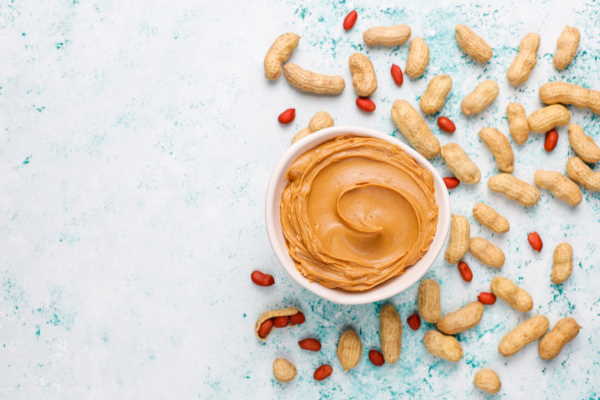Despite the fact that your baby has a lower appetite than you, you find yourself spending more money on premium baby food than you do on your own meals. (Not to mention, despite the fact that they consume less, your baby poops more than you do.) What the hell is going on here?!) Fortunately, preparing homemade baby food is a relatively simple alternative to purchasing pricey, tiny jars or pouches of baby food.
Becoming your baby’s personal chef has a number of advantages. Making your own baby food saves money, reduces packaging waste, and allows you to know exactly what’s in your baby’s meals. It also takes very little time if you have the right tools. To learn how to make baby food at home, continue reading.
1. Organize your work area
Before preparing baby food, thoroughly cleanse your hands with soap and water. Wash your hands again if you come into contact with raw meat, seafood, or eggs (all of which can carry bacteria). Clean utensils and work surfaces are also recommended. Use a new spoon — or wash it — each time you take a taste of the food while it’s being prepared. Use high-quality baby food containers glass to store your homemade baby food.
2. Get the ingredients ready
Purée or grind grains according to package directions (excellent choices include single-grain, iron-enriched, whole-grain variants like whole-grain oat or whole-grain barley). To thin out the consistency of cereals and grains when first introducing them to your infant, mix them with breast milk or formula.
Vegetables and hard fruits, such as apples, should be baked, steamed, or cooked before being puréed or ground. Sweet potatoes and carrots, as well as mild yellow or orange vegetables like peas and string beans, as well as fruits like peaches, bananas, and pears, work well. Puree in a blender, grinder, or food mill, adding liquid (breast milk, water, or formula) as needed to reach the appropriate consistency. You can provide chunkier textures to your baby as they grow bigger and more confident as an eater.
Make a puree trimmed and skinned cooked meats and poultry alone or with previously introduced meals like vegetables for a complete meal. Chicken, lamb, turkey, and minced beef meats are popular.
You’ll be able to experiment with more diverse ingredients and mix up concoctions that include numerous types of fruits, veggies, and even spices once your baby has grown older, has become accustomed to simple one-ingredient dishes and probable allergens have been ruled out. If you want to include meat in your baby’s food, wait until they are about 7-8 months old to introduce it.
3. Healthy ways to add taste
It’s preferable to start with foods that aren’t seasoned. Because Baby’s taste receptors are still developing, she does not yet have a sweet desire or a salt craving. (And why is it necessary to turn on the light so soon?) Furthermore, by serving her dishes without either butter or salt, she is more likely to develop a taste preference for them.
Recipes To Try For Baby Food
These recipes can help introduce your baby to the amazing world of solid food if you’re starting with purées rather than a baby-led weaning method.
To ensure your child does not have an allergic reaction to a new food, offer one “single-ingredient” item every three to five days.
- Avocado Puree
A fresh avocado, a blender, plus some lemon juice if you wish to keep it for later are all you need to prepare avocado puree for a newborn. If the avocado is very soft, you can even do it with just a fork! It’s an excellent approach to introduce a low-allergenic, high-fat diet to your child.

- Beans Puree
Beans are a fantastic item to include in a baby’s early foods because they don’t have to be completely from one food category. This simple bean puree can be made using chickpeas, black beans, pinto beans, or even white beans, and thinning can be done with water, formula, or breast milk as needed. This puree is delicious when combined with a bit of sweet potato or butternut squash.
- Kiwi Puree
This puree, which has a bright flavor, is perfect for babies who appear to enjoy flavor—and it’s a lot of fun to create and keep for later. Make sure the kiwi is very ripe and sweet, and taste it before making the puree to make sure it’s not too tart. (If it’s too sour, add some banana or applesauce.)
- Whipped Peanut Butter
You may not realize it, but whipped peanut butter is a fantastic baby food! This is a great way to introduce peanut butter to your kid and then securely provide it to them. Simply mix water into unsweetened creamy peanut butter until it produces a whipped, yogurt-like consistency. It’s silky smooth, not too sticky, and full of protein.

- Strawberry Puree
Without any additional liquid, fresh strawberries combine into a silky smooth homemade puree. You can eat it plain or combine it with applesauce. Your puree’s flavor will be determined by the flavor of your berries, so make sure to sample them for sweetness.
- Banana and Mango Puree
For a quick, fresh snack that’s filled with vitamin A, C, and B6, as well as fiber and potassium, this brilliantly colorful, no-cook combo is hard to top. Bonus: Bananas and mangoes also make a terrific base for a grown-up smoothie; simply blend with plain yogurt and ice.
Tips On How To Make Homemade Baby Food
- Fresh foods are preferred; however, frozen and tinned foods can also be used.
- Foods should be prepared without salt, sugar, or much flavoring.
- In the beginning, stick to single-ingredient dishes.
- Puree your baby’s first foods in a blender, food processor, or food mill according to the manufacturer’s instructions. Steaming and pureeing machines are also available.
- Keep in mind that the consistency and texture should correspond to his developmental stage.
- Store and refrigerate food in a glass jar and container.
Conclusion
Overall, establishing the healthiest and most nutritious foundation possible for your child is a pretty straightforward, certainly affordable, and ultimately satisfying endeavor.
Both your kid’s wellbeing and your cash will profit from your endeavors in making new, natively constructed choices to homemade, excessively handled baby food varieties over the long haul.












